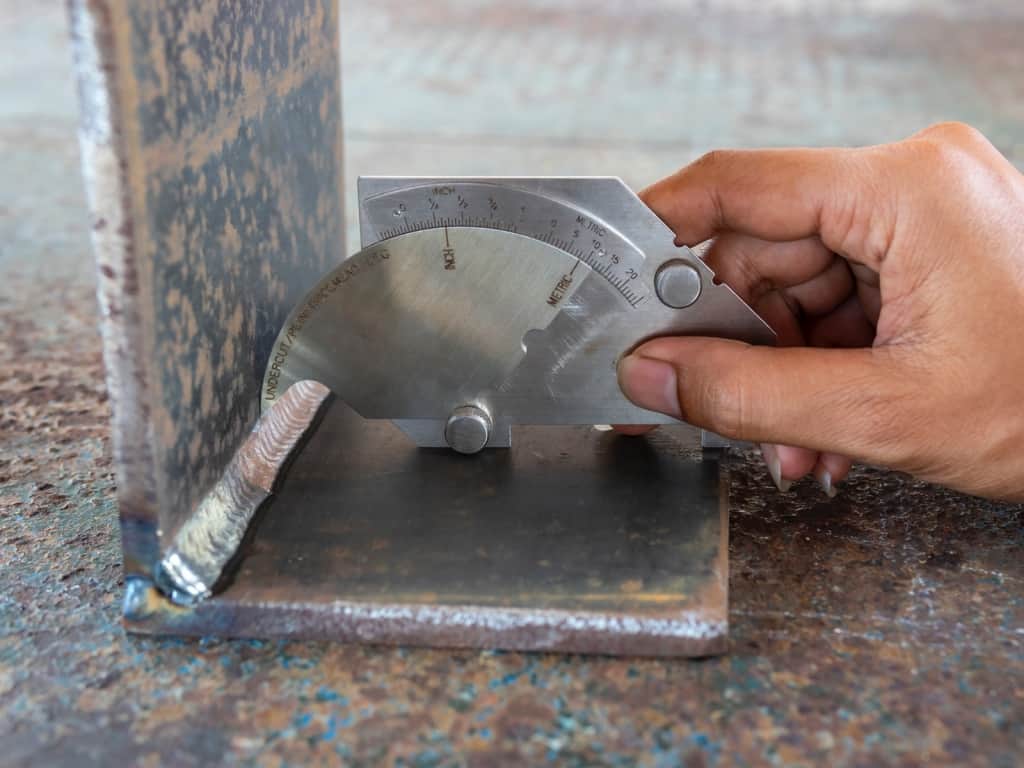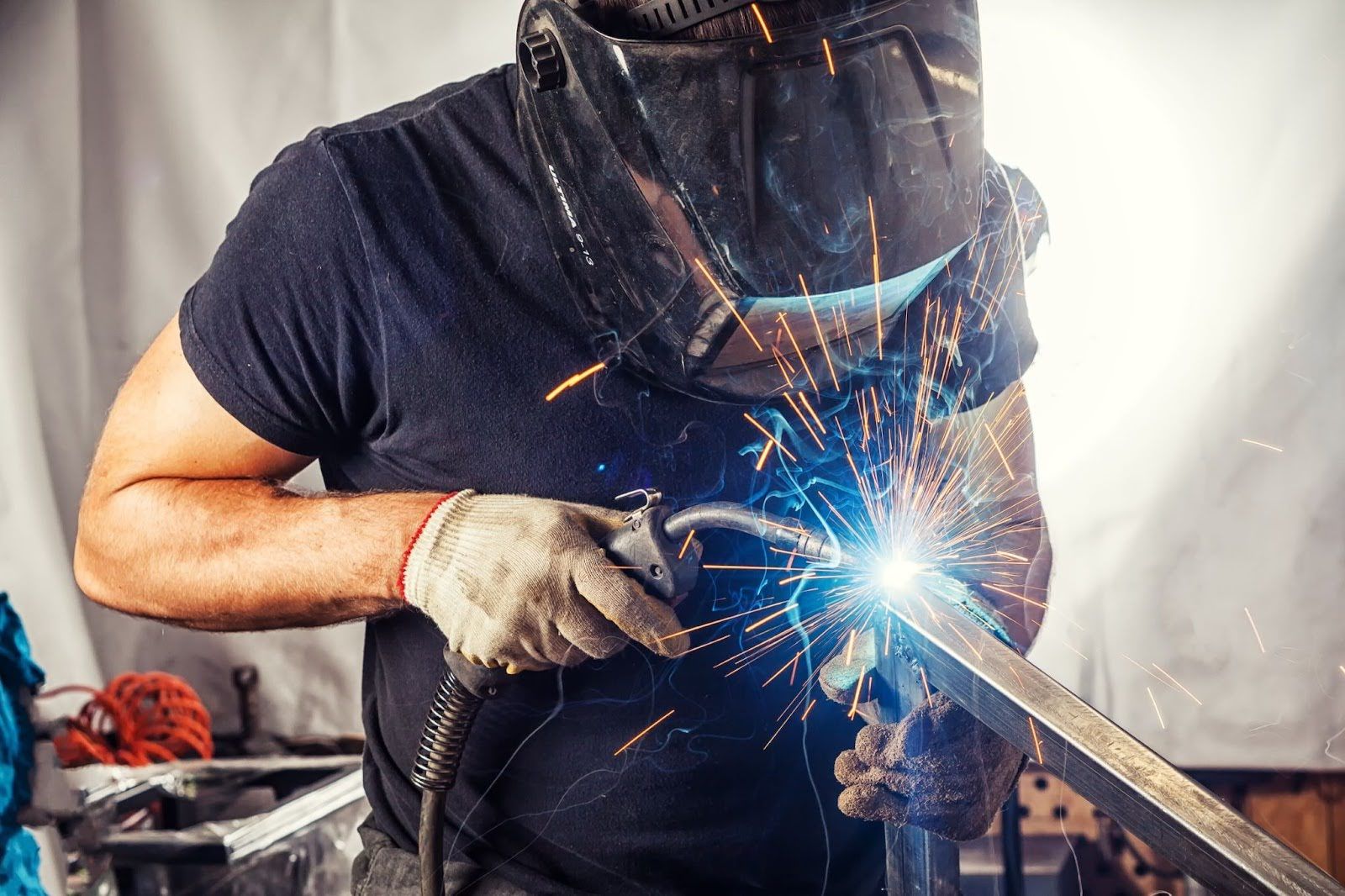Exactly How to Avoid Weld Undercut: Vital Tips for Welders
Exactly How to Avoid Weld Undercut: Vital Tips for Welders
Blog Article
Understanding the Art of Welding: Exactly How to Avoid Undercut Welding Issues for Flawless Construction Outcomes
Performance and accuracy are vital on the planet of welding, where even the least imperfection can compromise the structural honesty of a made item. One common challenge that welders face is undercutting, a defect that can lead and weaken a weld joint to expensive rework. By comprehending the origin of undercut welding and implementing reliable strategies to stop it, welders can raise their craft to brand-new levels of quality (Preventing weld undercut). In the search of perfect manufacture results, mastering the art of welding to stay clear of undercut issues is not simply a skill yet a necessity for those pursuing perfection in their work.
Understanding Undercut Welding

To avoid undercut welding, welders ought to guarantee appropriate welding criteria, such as readjusting the current, voltage, traveling speed, and keeping the correct electrode angle. By comprehending the reasons of undercut welding and applying preventative measures, welders can attain top quality, structurally audio welds.
Reasons For Undercut in Welding
Understanding the variables that contribute to damage in welding is essential for welders to create high-quality, structurally audio welds. Undercutting takes place when the weld metal does not effectively load the groove formed between the base metal and the previously deposited weld metal. A number of variables can result in undercut in welding. One usual reason is too much heat input. Welding at high temperatures for prolonged durations can lead to the base metal thawing greater than wanted, leading to damage. Insufficient welding incorrect or existing welding rate can likewise contribute to undercut. Inadequate current may not give enough warmth to thaw the base and filler metals adequately, while too much rate can stop correct fusion, triggering undercut. In addition, inappropriate electrode angles or inaccurate lantern manipulation strategies can create areas of reduced weld steel deposition, promoting undercut. Understanding these causes and implementing proper welding strategies can aid avoid undercutting issues, making certain sturdy and solid welds.
Strategies to stop Undercutting

To reduce the risk of damaging in welding, welders can employ tactical welding strategies aimed at enhancing the quality and integrity of the weld joints. Furthermore, using the appropriate welding method for the specific joint arrangement, such as weave or stringer grains, can contribute to lowering undercutting.
Moreover, correct joint preparation, consisting of making sure clean base products cost-free of pollutants and utilizing the suitable welding consumables, is essential in stopping undercut defects. Using back-step welding strategies and managing the weld grain account can likewise help disperse warmth equally and Visit Website minimize the risk of undercut. Normal examination of the weld joint throughout and after welding, along with carrying out quality control actions, can help in spotting and resolving undercutting concerns promptly. By carrying out these strategies vigilantly, welders can accomplish perfect construction results with marginal undercut flaws.
Value of Correct Welding Criteria
Picking and preserving suitable welding specifications is necessary for attaining effective welds with marginal flaws. Welding parameters refer to variables such as voltage, current, take a trip speed, electrode angle, and shielding gas circulation price that directly impact the welding procedure. These specifications have to be very carefully readjusted based on the kind of material being bonded, its thickness, and the welding strategy used.
Proper welding specifications ensure the correct amount of warmth is used to thaw the base steels and filler product evenly. If the parameters are set too expensive, it can lead to too much warm input, creating distortion, burn-through, or spatter. On the other hand, if the specifications are too reduced, incomplete fusion, absence of infiltration, or damaging may happen.
Quality Guarantee in Welding Workflow

Final Thought
In verdict, mastering the art of welding requires a comprehensive understanding of undercut welding, its reasons, and techniques to avoid it. By ensuring proper welding parameters and applying high quality guarantee methods, remarkable construction results can be attained. It is essential for welders to consistently pursue excellence in their welding procedures to prevent undercut issues and produce high-quality welds.
Undercut welding, a common flaw in welding procedures, occurs when the weld metal does check this not effectively fill up the groove and leaves a groove or depression along the bonded joint.To prevent undercut welding, welders must make sure appropriate welding criteria, such as adjusting the existing, voltage, travel speed, and maintaining the appropriate electrode angle. Insufficient welding wrong or current welding speed can additionally add to undercut.To reduce the risk of damaging in welding, welders can utilize critical welding methods intended at improving Clicking Here the high quality and integrity of the weld joints.In verdict, understanding the art of welding calls for a comprehensive understanding of undercut welding, its reasons, and methods to prevent it.
Report this page